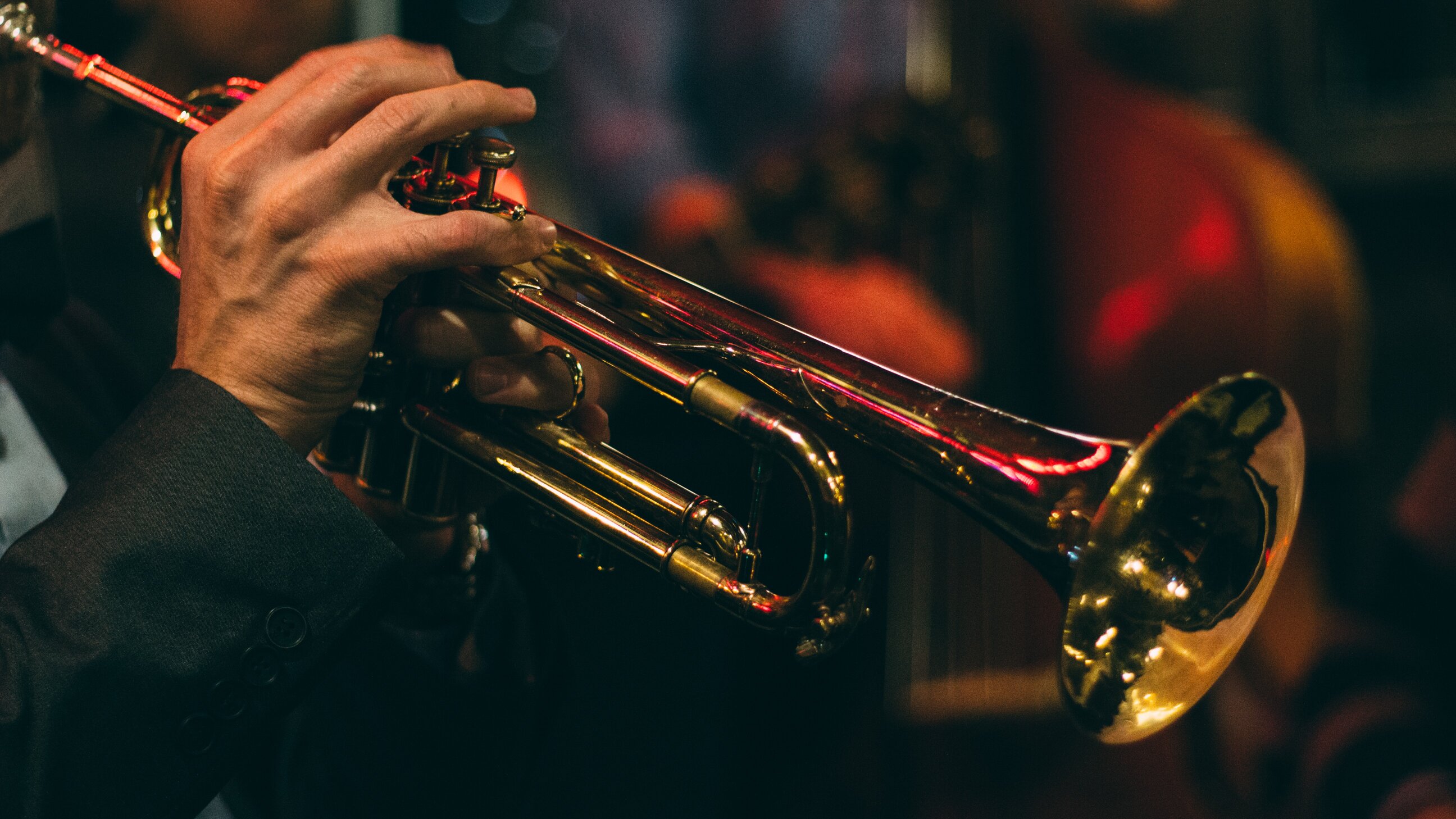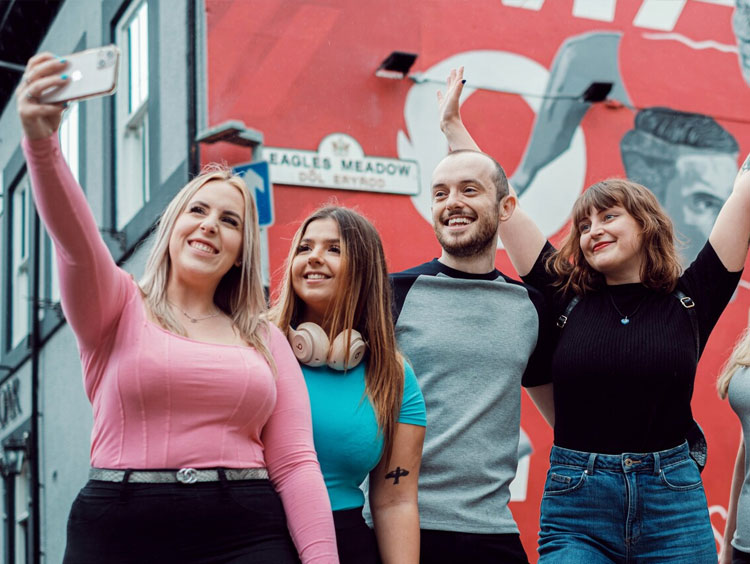
Jazz Musicians’ Attitudes Towards Studio Recording
Jazz musicians’ notion of authenticity may differ from others, with some traditionalists seeing studio techniques as a potentially dishonest presentation of a music piece. Jazz is known for improvisation, if post-production techniques remove the true experience of the improvised parts, this can be viewed negatively. Most musicians like to be transparent and present an account of their production process that frames their work within acceptable boundaries of what they deem ‘authentic’. An example of this is from the band Queen, who disclaimed the use of synths during music production on their albums (a sound that was unable to be produced on stage live at the time), perhaps to reassure their fan base of their authenticity as a Rock band.
For this pilot work, Dr Jason Woolley attempted to understand the attitudes of Jazz musicians towards applying studio techniques or interventions to recorded live performances. Dr Woolley focused on studio recording practices that enhance a ‘live’ performance, such as replacing less-appealing aspects of a recorded live performance, rather than other post-production embellishments, in an attempt to understand the threshold of acceptability for authenticity.
Dr Woolley invited jazz practitioners who engage with studio recording and production to participate in an online survey containing poll-type and open-ended response questions. The survey first asked the respondent to describe their practice. This question resulted in several descriptors, including ‘improvised music’, ‘free-jazz’, and ‘electronic’, which showcased the breadth of terminology surrounding this music genre, and confirmed that an open-ended question was necessary to ensure no sub-genre or participant felt excluded from the project.
Thirty three anonymous responses were recorded, and the data were analysed using a method called Grounded Theory. This method involves generating a new potential theory that is ‘grounded’ in the data coding, rather than working from an existing theoretical viewpoint and imposing this view on the data.
Dr Woolley’s interpretations led to the conclusion that there is not a one-size-fits-all prescription of what Jazz musicians find an acceptable amount of studio recording post-production. The views were categorised into either idealistic or pragmatic. Idealistic comments showed that factors outside of the sound aesthetic influenced the musicians’ decisions to use studio techniques, whereas, pragmatic comments suggested that musicians would use whatever possible means to achieve the best-sounding aesthetic.
"The studio is a tool to be used in any way possible in order to produce the best result"
There was some consensus that studio intervention should not alter or impact free improvisations, with some suggesting that you should do the necessary work post-recording so long as it still represents the original concept. It appeared that for these musicians, the threshold of acceptability was not imposed by the nature and amount of processing, rather, it is related to what type of musical element is being processed. For example, for some participants, their bounds of authenticity stretched to include interventions on a less-than-ideal performance of composed music but did not cover adjusting an unsatisfactory improvised element. Therefore, anything that is pre-composed exactly as it is scored is considered outside of the moment, whereas applying techniques to improvised elements would be distorting the moment.
Read the full paper in the Journal on the Art of Record Production.



